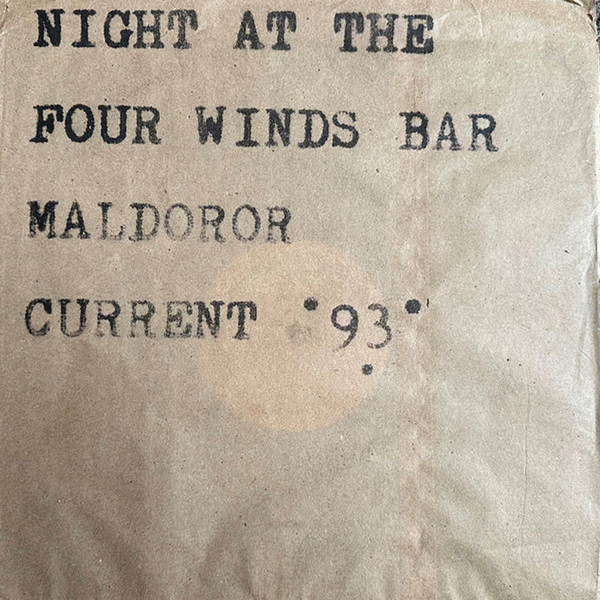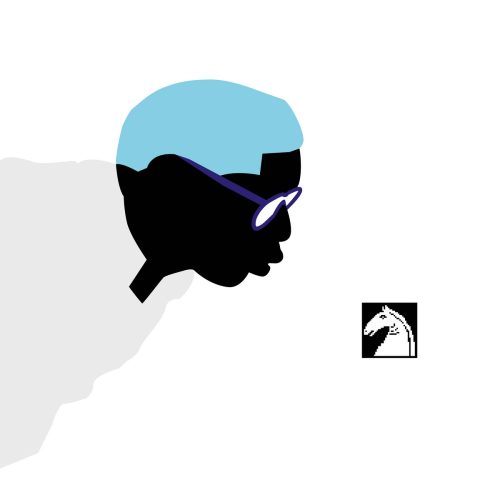Night At The Four Winds Bar Maldoror
Label: Cashen Gap
Genre: Experimental
$42.99
Out of stock
When ‘Live at Bar Maldoror’ was originally issued in 1985 as the inaugural release on Tibet’s own Mi-Mort label, it was a chance for him to indulge his most experimental urges. Despite the title, it’s not a live album at all – ‘Bar Maldoror’ was a fantasy venue that Tibet dreamt up with long-time collaborator Steven Stapleton, and for a spell the two used it whenever Current 93 or Nurse With Wound would perform. So ‘Live at Bar Maldoror’ is actually a studio session, with Tibet and Stapleton using stems from 1984’s ‘Dogs Blood Rising’ and ‘Nature Unveiled’ and blurring them into phantasmagorical ambience.
The end result didn’t work for Tibet at all; he had intended the album to be as disorientating as possible and imagined the entire record playing backwards and forwards at once, with each process sitting on a different stereo channel. Technical issues with the vinyl cut meant that the album ended up being released without this important element, so to coincide with his 63rd birthday and this year’s London Channelling at Union Chapel he’s revisited the material, finishing it at last.
It’s hard to overstate how different ‘Night at the Four Winds Bar Maldoror’ sounds from its predecessor. The original album may have felt a little insubstantial at the time, being a relatively straightforward mangling of some of Tibet and Stapleton’s better-known material. But presented as it’s meant to be heard, it’s all blissfully unravelled – as psychedelic and psychically disorienting as anything in either musician’s estimable canon. Musically it can loosely be categorized as dark ambient, but it’s far more spannered than the genre might suggest. Dense and dizzyingly abstract, it teeters between caliginous industrial atmospheres and more levitational moments of clarity that echo the set’s high-minded soundscapes. We’re subjected to ghostly choral loops, tape-saturated rattling chains, sickly oscillator drones and smudged whispers. Tape delayed to within an inch of its life, the material sounds like an unholy merging of Grouper’s early CDRs, Tangerine Dream’s ‘Zeit’ and the kettle boiled whoosh of David Lynch and Alan R. Splet’s ‘Eraserhead’ soundtrack.





